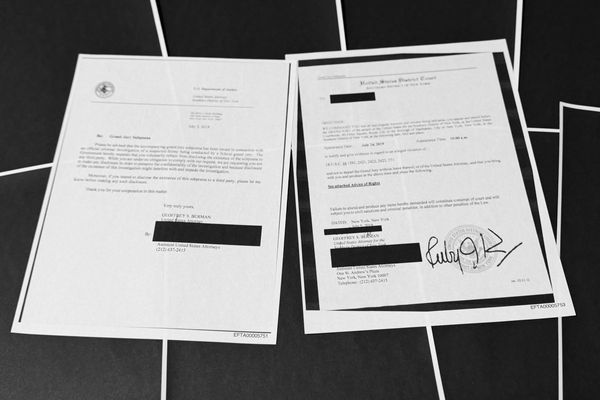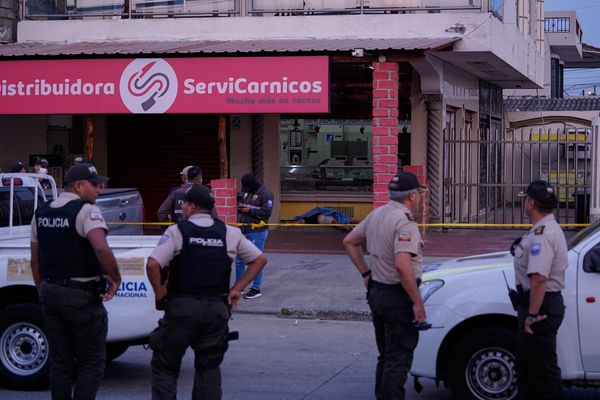
You know that feeling when something big (a storm, a pandemic, a supply chain scare) is on the horizon, and suddenly everyone’s racing to the grocery store? It’s not just anxiety—it’s human instinct. What you stock up on first during a panic can reveal a lot about your priorities: security, convenience, comfort. Understanding which foods tend to fly off shelves first can help you plan ahead, avoid shortages, and feel more in control when things feel uncertain. Let’s break down the 7 foods people nearly always reach for first when panic hits—and smart ways to build your own “panic buy” list.
1. Canned Goods & Non-Perishables
Canned goods—beans, tomatoes, soups, tuna—are staples in every panic shopping rush. They last long, are easy to store, and you can use them in many simple meals, even with limited fresh ingredients. Non-perishable items like pasta, rice, and dry beans also tend to disappear fast because people know they won’t spoil if stored properly. In survival and prepper circles, canned and dry staples are the backbone of a 3-month food supply list.
2. Bread, Tortillas, and Other Baked Goods
Soft, ready carbohydrates like bread, rolls, and tortillas often get grabbed early during panic buys. They’re comfort food, satisfying, and very versatile—for breakfast, sandwiches, or quick meals. Shops with panic-buy tendencies often report shortages in bread aisles fairly early. The downside: bread has a shorter shelf life, so people often take what they can and freeze the rest. If you plan to stock up, freeze in portions to extend freshness and reduce waste.
3. Eggs & Dairy Products
Eggs tend to vanish quickly when people panic—because they’re protein, flexible, and used in baking, cooking, or baking as emergency staples. Dairy, like milk, cheese, and butter, also moves fast. Even though they spoil more quickly, shoppers still grab them, perhaps because they signal a return to “normal” meals. Those who plan ahead often buy extra and freeze certain dairy items (like shredded cheese or butter). Knowing this pattern helps you consider substitutes (plant-based milks, shelf-stable protein) if refrigeration might be unreliable.
4. Frozen Foods: Vegetables, Meat & Ready Meals
Frozen goods are highly valued during panic because they combine convenience and longer storage life. Frozen vegetables and fruit keep nutrition intact longer; frozen meats allow flexibility in cooking without risk of spoilage. Ready meals (frozen dinners, pizzas, etc.) also become go-tos when cooking feels overwhelming. In many food supply-planning lists, frozen items are among the priority categories.
5. Peanut Butter, Nut Butters & Spreads
These spreads are lightweight, high in protein and fats, don’t require cooking, and can be part of multiple snacks or meals. Peanut butter is often mentioned in personal reports of panic shopping. For example, someone stocking up on rice, hummus, and baby carrots also mentioned peanut butter among their first choices. They’re ideal fillers when fresh groceries are limited, and portability or simplicity is key.
6. Water and Shelf-Stable Beverages
Bottled water is one of the most obvious rush items. Many people want to ensure hydration if stores run low or if disruptions affect tap water. Beyond water, shelf-stable drinks (juice boxes, powdered drink mixes) are often snatched up. Beverages act as comfort purchases (something familiar, hydrating, somewhat of a treat). When panic strikes, people want what they know and what won’t spoil or need cooking.
7. Essentials for Baking & Cooking: Flour, Sugar, Oil, Spices
When people can’t count on takeout or fresh food, they turn to baking and cooking from scratch. Flour, sugar, cooking oil, salt, and seasonings are first on their list because few essentials can replace them. These items help create multiple meals from basics, stretch other supplies, and give variety to pantries stocked with staples. Cooking basics are also cheap per serving, so buying these gives more food security per dollar. Building in variety (different oils, spices) helps avoid fatigue from eating the same thing over and over.
What Plotting Your Panic Pantry Actually Teaches You
Stocking up smartly based on common panic food grabs helps you build resilience—not waste. Focus first on foods that won’t spoil, serve multiple roles (snacks, meal bases, protein), and store well in your space. Freeze what you can, rotate items so nothing expires, and complement your pantry with non-food essentials and water. Planning ahead means less stress when shelves thin and helps you avoid paying premium prices under panic pressure. Also, knowing what others rush for helps you avoid crowds or empty aisles by shopping earlier.
Thinking back to when grocery panic hit for you—what were the first foods you reached for, and why? Did it turn out to be useful or wasteful? Share your pantry wins and fails in the comments so others can learn.
You May Also Like
- Why Some Shoppers Abandon Full Carts the Second They Reach Checkout
- Stock Up on These 8 Household Staples Before Winter Storm Warnings Hit
- 7 Things Shoppers Don’t Realize About Food Recalls Until It’s Too Late
- 7 Pantry Staples You Should Always Stock Two Weeks Before a Storm
- The Worst Store-Bought Frozen Pizzas, According to Shoppers
The post 7 Foods That Shoppers Grab First During Every Panic Rush appeared first on Grocery Coupon Guide.







